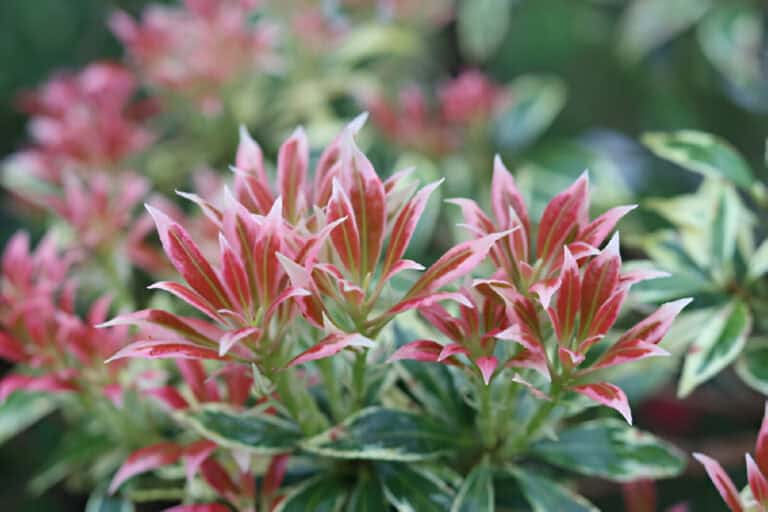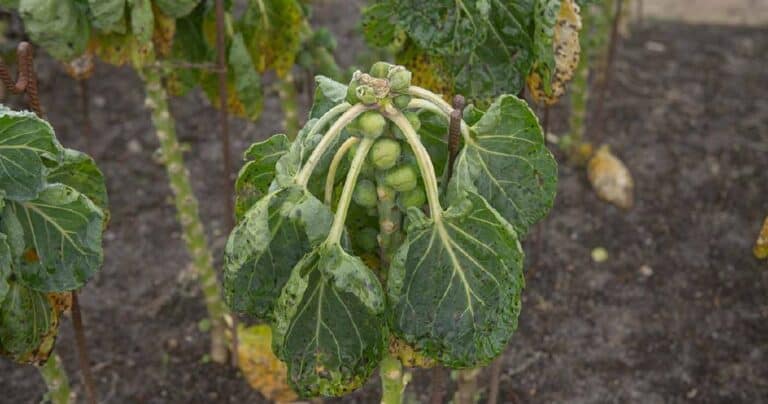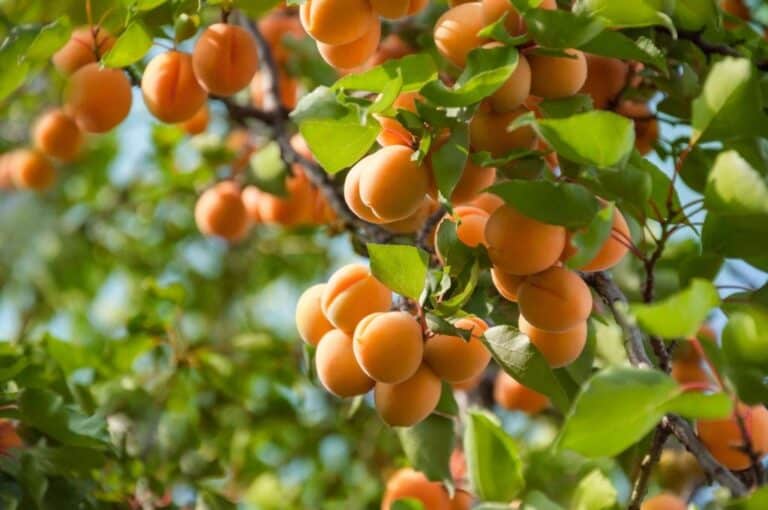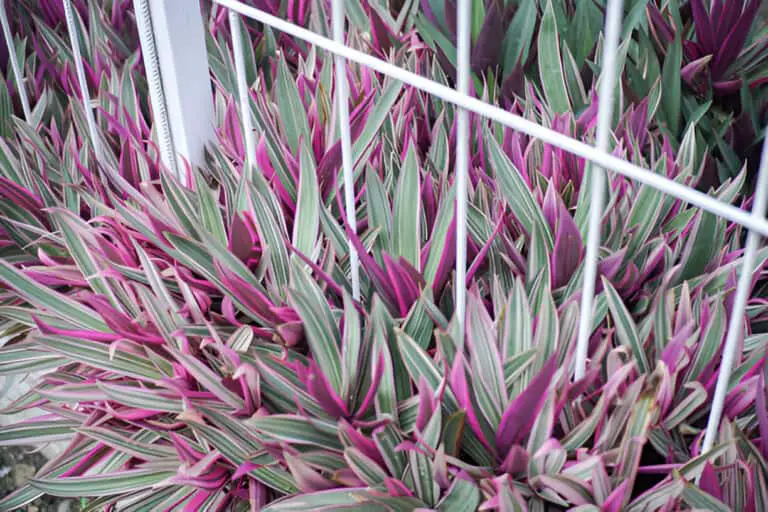7 Reasons Why My Star Fruit Tree Is Losing Leaves (And How to Treat Them)
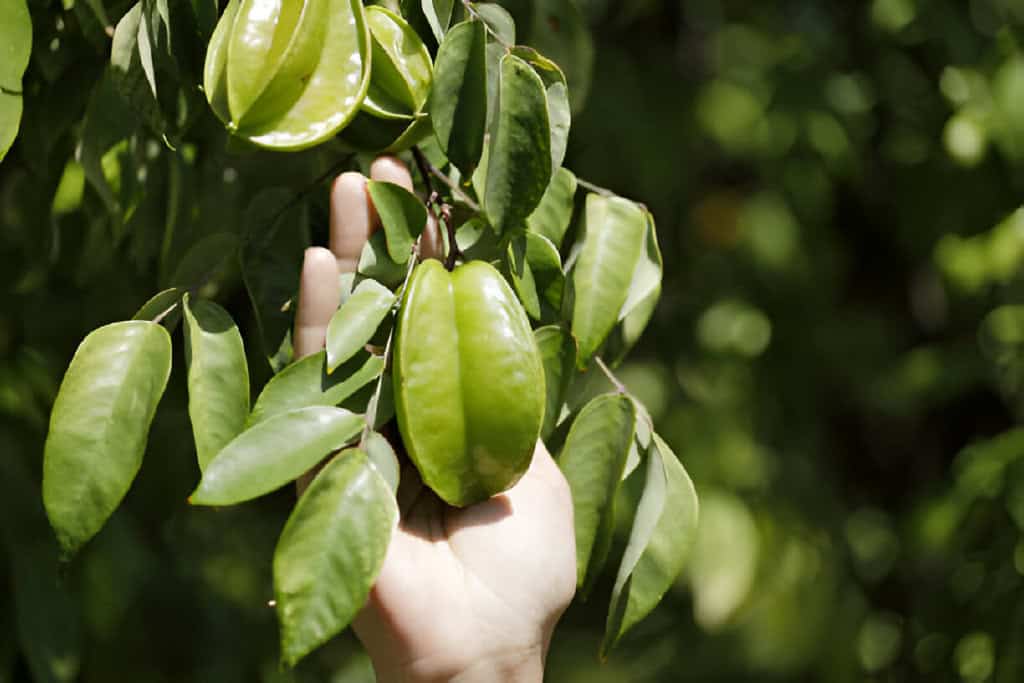
Have you noticed your star fruit tree losing leaves and wondered what might be causing it? Leaf loss in a star fruit tree, also known as carambola, can be concerning, but it’s often a sign of an underlying issue that can be addressed.
A lush, healthy star fruit tree is a delightful addition to any garden. It brings not just an exotic touch, but also delicious, star-shaped fruits. In this article, we’ll explore seven common reasons why star fruit trees lose leaves and provide practical tips on how to treat them.
Understanding the reasons behind this problem and knowing how to treat them is essential for restoring your tree’s health. Let’s explore seven common reasons why your star fruit tree might be losing leaves and what you can do to address each issue.
1. Environmental Stress
Environmental stress is one of the primary reasons for leaf loss in star fruit trees. Changes in temperature, humidity, and light can significantly impact your tree’s health. Star fruit trees thrive in tropical and subtropical climates. They are sensitive to cold and sudden weather.
Treatment: To mitigate environmental stress, ensure your tree is planted in a location that receives ample sunlight and is sheltered from strong winds. During colder months, use frost cloths. Or, move potted trees indoors to protect them from freezing. Watering and mulching can keep soil moist. This stabilizes the tree’s environment.
2. Overwatering or Underwatering
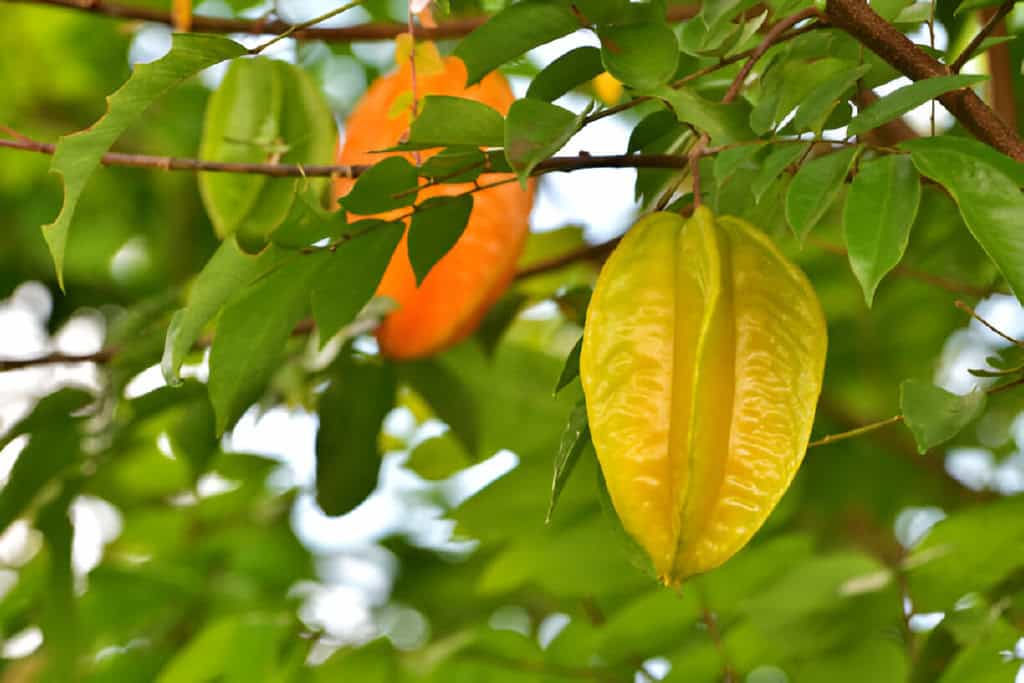
Watering issues, whether too much or too little, can cause significant stress to your star fruit tree, leading to leaf drop. Overwatering can drown the roots. This causes root rot. Underwatering can dry the tree. This makes it unable to sustain its leaves.
Treatment: To address watering issues, ensure your tree is planted in well-draining soil. Water the tree deeply but infrequently, allowing the soil to dry out slightly between waterings. A good rule of thumb is to water when the top inch of soil feels dry to the touch. Mulching around the base of the tree can also help retain soil moisture and regulate temperature.
3. Nutrient Deficiencies
Nutrient deficiencies cause leaf loss in star fruit trees. They are most common in essential elements like nitrogen, phosphorus, and potassium. Yellowing leaves, stunted growth, and poor fruit production are signs of low nutrients. These are common signs.
Treatment: Conduct a soil test to determine the specific nutrient deficiencies and amend the soil accordingly. A balanced, slow-release fertilizer formulated for fruit trees can provide the necessary nutrients. In addition, adding organic matter, like compost, can improve soil. It boosts fertility and structure, which promotes healthy roots and overall tree health.
4. Pests
Pests, such as aphids, scale insects, and spider mites, infest star fruit trees. They feed on the sap and cause leaves to yellow, curl, and fall off. These pests can weaken the tree, making it more susceptible to other stress factors.
Treatment: Regularly inspect your tree for signs of pests. If an infestation is detected, use organic insecticides like neem oil or insecticidal soap to control the pests. Introducing beneficial insects, such as ladybugs and lacewings, can also help keep pest populations in check. Maintaining good garden hygiene by removing fallen leaves and debris can reduce the likelihood of pest infestations.
5. Diseases
Fungal and bacterial diseases can cause leaf drop in star fruit trees. Common diseases include anthracnose, powdery mildew, and bacterial leaf spot, which can spread rapidly if not addressed promptly.
Treatment: To treat diseases, prune and dispose of infected branches and leaves to prevent the spread of pathogens. Use fungicides and bactericides as needed, following the manufacturer’s instructions. Spacing the tree well and avoiding overhead watering ensures good air circulation. This helps reduce the risk of disease.
6. Soil pH Imbalance
Star fruit trees prefer slightly acidic to neutral soil pH. An imbalance in soil pH can affect nutrient availability, leading to leaf drop and other growth issues.
Treatment: Test the soil pH regularly and adjust it as necessary. If the soil is too acidic, adding lime can help raise the pH. Conversely, if the soil is too alkaline, incorporating sulfur or organic matter like pine needles can lower the pH. Maintaining the appropriate pH level ensures that the tree can absorb nutrients effectively.
7. Transplant Shock
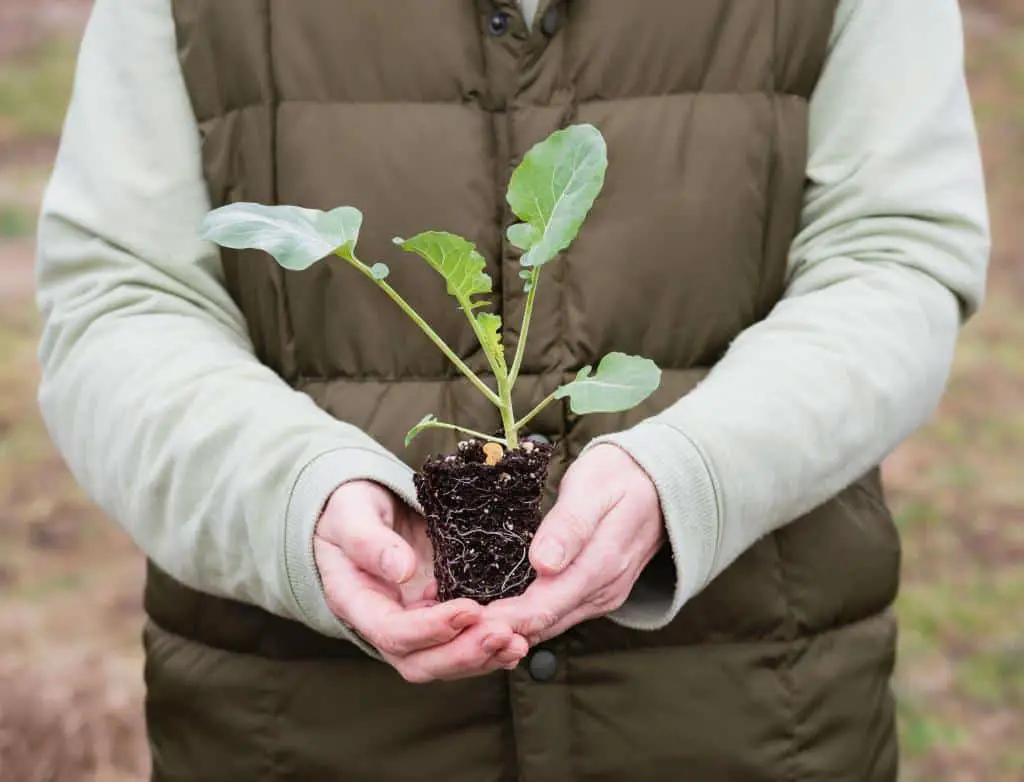
Transplant shock can occur when a star fruit tree is moved to a new location, causing stress and leaf drop. This is often due to root disturbances and changes in the tree’s environment.
Treatment: To minimize transplant shock, water the tree thoroughly before and after transplanting. Choose a cool, cloudy day for the transplant to reduce stress on the tree. After transplanting, keep the soil wet. Consider using a root stimulant to encourage new roots. Providing shade for the first few weeks can also help the tree acclimate to its new location.
Table: Common Reasons for Leaf Loss in Star Fruit Trees and Treatments
| Reason | Symptoms | Treatment |
| Environmental Stress | Sudden leaf drop, yellowing leaves | Protect from extreme weather, consistent watering |
| Overwatering/Underwatering | Yellow leaves, root rot, dry soil | Adjust watering schedule, ensure well-draining soil |
| Nutrient Deficiencies | Yellowing leaves, stunted growth | Soil test, balanced fertilizer, and organic matter |
| Pests | Yellow, curling leaves, visible pests | Inspect regularly, use organic insecticides, and introduce beneficial insects |
| Diseases | Spots on leaves, fungal growth | Prune infected parts, use fungicides, and improve air circulation |
| Soil pH Imbalance | Yellow leaves, poor growth | Test soil pH, amend with lime or sulfur as needed |
| Transplant Shock | Sudden leaf drop after moving | Water thoroughly, provide shade, and use root stimulant |
How Can I Tell if My Star Fruit Tree Is Healthy Despite Losing Leaves?
Assessing the health of your star fruit tree despite leaf loss involves several key observations. Start by examining the overall appearance of the tree. A healthy star fruit tree will have a sturdy trunk and branches, with no signs of damage or disease. Next, inspect the remaining leaves. While some leaf loss is normal, a healthy tree will still have a significant number of leaves that are green and vibrant.
Another indicator of a healthy starfruit tree is its growth pattern. A healthy tree will continue to produce new growth, even if it is losing some leaves. Look for new shoots and leaves sprouting from the branches. Additionally, consider the tree’s fruit production. A healthy star fruit tree will produce fruit often. So, if your tree is losing leaves but still producing fruit, it may be a sign that it is still fairly healthy.
To maintain the health of your star fruit tree, proper care and maintenance are essential. Ensure that your tree is planted in well-draining soil and receives adequate water and sunlight. Regular pruning and fertilizing can also help promote healthy growth and reduce stress on the tree. If you are unsure about the health of your star fruit tree, consider consulting with a professional arborist for guidance.
Conclusion
Understanding why your star fruit tree is losing leaves is the first step toward restoring its health and vitality. Find the cause. Then, use the right treatments. They will help your tree get better and grow well. Regular monitoring, proper care, and timely help are key. They maintain a healthy star fruit tree. It can produce many delicious fruits for years.
You may face environmental stress, watering issues, nutrient deficiencies, pests, diseases, soil pH imbalance, or transplant shock. But, you can manage each challenge with the right approach. With patience and dedication, your star fruit tree can continue to be a beautiful and productive part of your garden.

